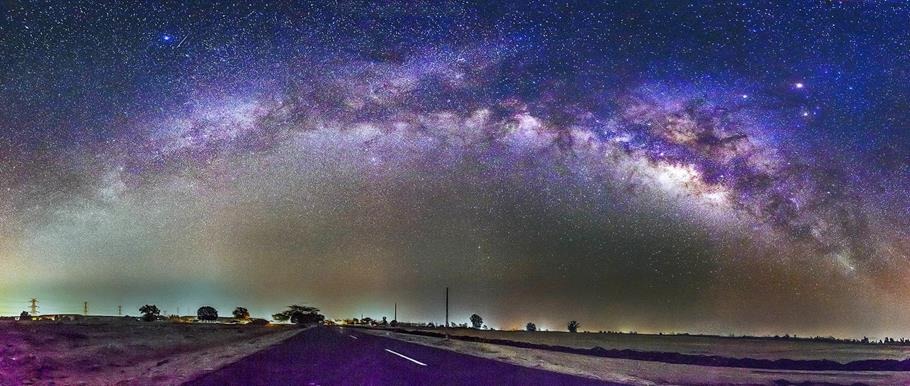The Art of Stargazing: Observing Celestial Phenomena and Constellations
Stargazing—the timeless practice of observing celestial phenomena and constellations—has captivated human imagination since ancient times. It's more than just looking up at the night sky; it's about connecting with the vast universe, understanding our place, and experiencing the wonder of cosmic beauty. In this blog post, we'll journey through the essence of stargazing, exploring its definition, key aspects, relevance, and why it fascinates and inspires us today.
What is Stargazing?
At its core, stargazing is observing celestial objects in the night sky. From twinkling stars and distant planets to meteor showers and nebulae, stargazing encompasses a wide range of phenomena that unfold above us every night. It's a blend of science, art, and cultural heritage, providing insights into the mysteries of the universe and inspiring generations to ponder the cosmos.
The Key Aspects of Stargazing
1. Observation Techniques:
Stargazing involves using telescopes, binoculars, or even the naked eye to observe celestial objects. Techniques such as star-hopping—navigating from one star to another using recognizable patterns—are common among amateur astronomers.
2. Understanding Constellations:
Constellations are patterns of stars that form recognizable shapes in the sky. They often have mythological or historical significance, making them cultural touchstones across different civilizations.
3. Meteor Showers and Celestial Events:
Events like meteor showers, comets, eclipses, and planetary alignments offer spectacular opportunities for stargazers to witness rare celestial events and phenomena.
4. Astrophotography:
Capturing the night sky through photography has become increasingly popular, allowing enthusiasts to document and share their stargazing experiences with stunning images.
The Relevance of Stargazing Today
In our modern world filled with technology and fast-paced living, stargazing offers a retreat into tranquillity and contemplation. Here's why it remains relevant:
1. Connection to Nature:
Stargazing reconnects us with the natural world and reminds us of our place in the vast cosmos.
2. Educational Value:
It fosters curiosity and a deeper understanding of astronomy, physics, and the scientific method.
3. Cultural and Historical Perspective:
Many constellations and celestial objects have rich cultural and historical significance, providing insights into ancient civilizations and their beliefs.
4. Therapeutic Benefits:
Spending time under the stars promotes mindfulness, reduces stress, and encourages a sense of wonder and awe.
Anecdotes and Insights
Imagine standing under a clear, dark sky, away from city lights, and seeing the Milky Way stretch across the heavens like a river of stars. Or witnessing a meteor shower, where streaks of light dart across the sky, reminding us of the constant motion and change in the universe. These moments of awe and wonder are what make stargazing a profound and memorable experience for many.
Conclusion
The art of stargazing is not just about looking up—it's about looking within ourselves and exploring the mysteries of the cosmos. Whether you're a seasoned astronomer or someone new to the night sky, stargazing offers endless opportunities for discovery and inspiration. So, next time you find yourself under a starry sky, take a moment to gaze up, ponder the universe, and let the beauty of the cosmos ignite your curiosity and imagination. Happy stargazing!
In conclusion, stargazing is a timeless pursuit that enriches our understanding of the universe and our place within it. Whether you're drawn to the scientific aspects, cultural narratives, or simply the beauty of the night sky, stargazing invites us all to explore, learn, and marvel at the wonders of the cosmos.



/https://tf-cmsv2-smithsonianmag-media.s3.amazonaws.com/filer_public/a0/57/a057c66b-25af-442b-b559-caea56fd9e2e/gettyimages-591937528.jpg)


Comments
Post a Comment